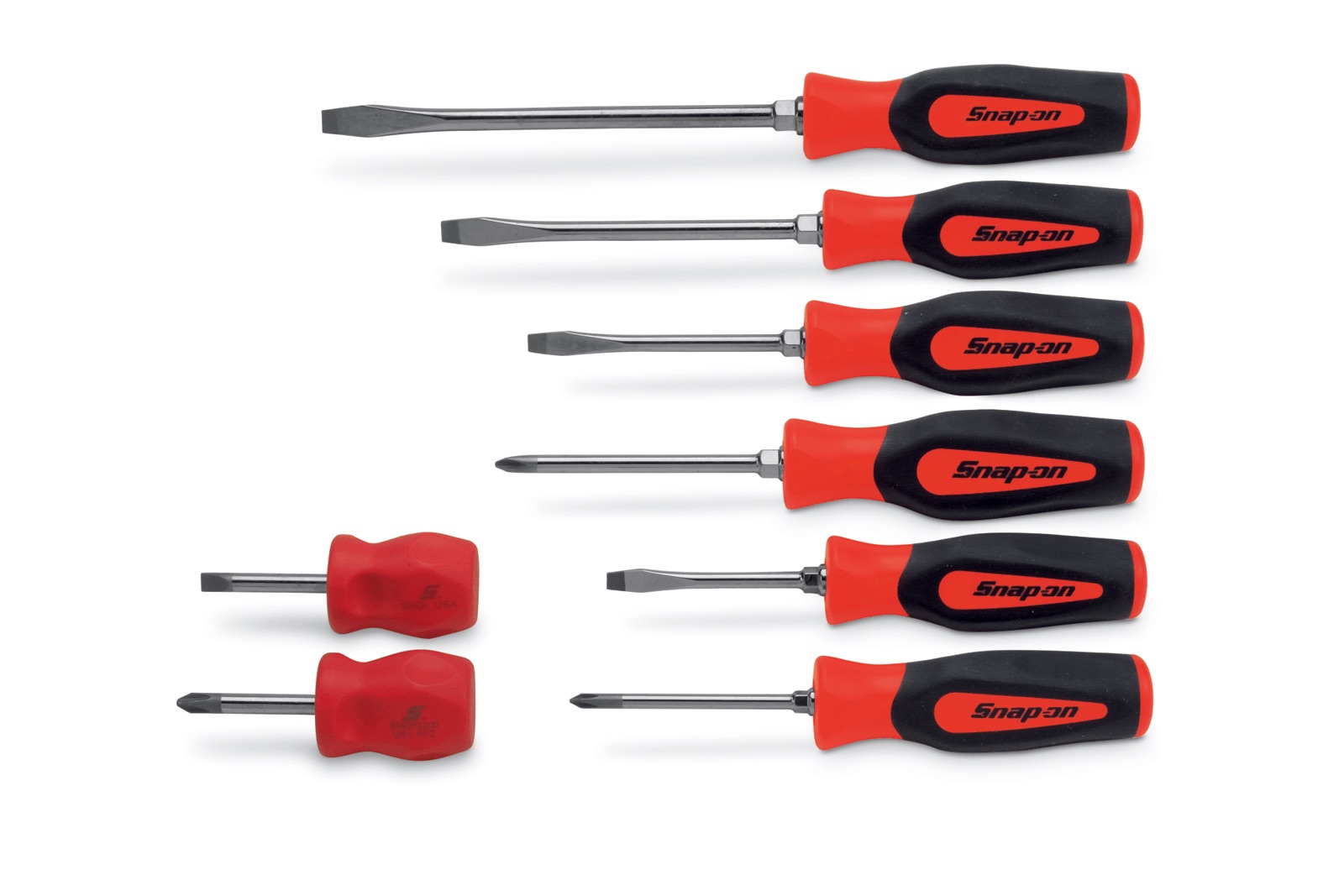

Articles
Where Are Snap-On Hand Tools Made
Modified: January 6, 2024
Discover the origins of Snap-On hand tools in our latest articles. Learn where these reliable and high-quality tools are made and their manufacturing process.
(Many of the links in this article redirect to a specific reviewed product. Your purchase of these products through affiliate links helps to generate commission for Storables.com, at no extra cost. Learn more)
Introduction
Welcome to the world of Snap-On hand tools, where craftsmanship meets innovation. Snap-On is a renowned brand known for its high-quality and durable hand tools that are essential for professionals and enthusiasts alike. Whether you’re a mechanic, electrician, or woodworking enthusiast, having reliable tools is crucial to getting the job done efficiently and effectively.
Snap-On hand tools have a long history that started over a century ago. The company was founded in 1920 by Joseph Johnson and William Seidemann in Milwaukee, Wisconsin. Since its inception, Snap-On has been committed to producing top-notch tools that meet the demanding needs of professionals in various industries. With a focus on quality, innovation, and customer satisfaction, Snap-On has become a trusted name in the world of hand tools.
Over the years, Snap-On hand tools have evolved with advancements in technology and changes in manufacturing techniques. As the demand for reliable and durable tools increased, Snap-On embraced modern manufacturing processes to meet the needs of its customers. The brand’s commitment to constant improvement has allowed it to consistently deliver high-quality tools that stand the test of time.
But where are Snap-On hand tools made? This question has piqued the curiosity of many who appreciate the craftsmanship behind these tools. In this article, we will explore the manufacturing process behind Snap-On hand tools and delve into the locations where these tools are made. We will also touch on the factors that influence the choice of manufacturing locations and the quality control measures implemented by Snap-On.
Join us on this fascinating journey as we uncover the origins of Snap-On hand tools and gain insight into the artistry and precision that goes into producing these exceptional tools.
Key Takeaways:
- Snap-On hand tools are manufactured in the United States, Europe, Asia, and Mexico, leveraging skilled labor, advanced technology, and strategic locations to ensure high-quality, reliable tools for professionals worldwide.
- Globalization has influenced Snap-On hand tools production, expanding market reach, optimizing supply chains, and fostering collaboration. The brand’s commitment to innovation and excellence ensures it remains a leader in the industry.
Read more: Where Are Makita Hand Tools Made
History of Snap-On Hand Tools
The story of Snap-On hand tools begins in the early 1920s when Joseph Johnson and William Seidemann founded the company in Milwaukee, Wisconsin. With a vision to create innovative and reliable tools, they set out to revolutionize the industry.
Initially, Snap-On focused on producing socket wrenches with interchangeable sockets, a concept that was novel at the time. This breakthrough design allowed mechanics to work more efficiently by using a single handle with various socket sizes. The convenience and versatility of Snap-On tools quickly gained popularity among professionals, propelling the brand to success.
Over the years, Snap-On expanded its product line to include a wide range of hand tools, such as screwdrivers, pliers, wrenches, and more. The company’s commitment to quality and craftsmanship remained unwavering, ensuring that each tool met the highest standards.
In addition to its dedication to quality, Snap-On also recognized the importance of innovation. The company continually embraced advancements in technology and manufacturing processes to stay ahead of the curve. This allowed Snap-On to introduce groundbreaking features and designs in their tools, making them even more versatile and efficient.
One of the notable milestones in Snap-On’s history is the introduction of the patented Flank Drive® wrenching system in the 1960s. This innovative design provided a better grip on fasteners, reducing the risk of slipping and damage. The Flank Drive® system has since become a hallmark feature of Snap-On wrenches, solidifying the brand’s reputation for excellence.
Throughout the years, Snap-On hand tools have earned the trust and loyalty of professionals worldwide. Mechanics, technicians, and craftsmen rely on these tools to perform their work with precision and confidence. Snap-On’s commitment to quality, innovation, and customer satisfaction has solidified its position as a leader in the hand tool industry.
Today, Snap-On continues to expand its product line, incorporating the latest technologies and materials to meet the evolving needs of professionals. With a rich history of excellence and a dedication to ongoing improvement, Snap-On hand tools remain the go-to choice for those who demand nothing but the best in their toolbox.
Manufacturing Process of Snap-On Hand Tools
The manufacturing process of Snap-On hand tools involves a careful balance of advanced technology and skilled craftsmanship. Every tool undergoes a meticulous production process to ensure the highest quality and durability.
It all begins with the selection of premium materials. Snap-On sources high-quality steel and other materials that are known for their strength and longevity. These materials are carefully inspected and tested to ensure they meet the brand’s strict standards.
Once the materials are approved, they undergo precision cutting and shaping processes to form the various components of the hand tools. Advanced machinery and computer-controlled processes are utilized to achieve consistent and precise cuts, giving the tools their characteristic shapes and sizes.
The next step is heat treating, which involves subjecting the tool components to controlled heating and cooling processes. This helps to enhance the hardness and strength of the steel, ensuring that the tools can withstand heavy use and resist wear and tear.
After heat treating, the components go through further machining processes to refine their surfaces and edges. This includes processes such as grinding, polishing, and honing to achieve the desired finish and smoothness.
Assembly is a critical stage in the manufacturing process. Skilled workers meticulously fit the components together, ensuring that they are aligned and securely fastened. This requires a keen eye for detail and a steady hand to ensure that every tool meets the brand’s rigorous standards before leaving the assembly line.
Once the tools are assembled, they undergo a series of quality control checks. This includes inspections for proper functioning, dimensional accuracy, and appearance. Any tools that do not meet the specified criteria are rejected to maintain the brand’s commitment to excellence.
Finally, the completed hand tools are packaged and prepared for shipping. The packaging not only protects the tools during transportation but also serves as a visual representation of the brand’s commitment to quality and professionalism.
The manufacturing process of Snap-On hand tools is a testament to the brand’s dedication to craftsmanship and precision. By combining advanced technology with skilled artisans, Snap-On ensures that each tool meets the highest standards of quality and performance.
Locations of Snap-On Hand Tools Manufacturing Facilities
Snap-On hand tools are manufactured in several locations around the world. These manufacturing facilities are strategically chosen to optimize production efficiency and meet the growing demand for high-quality tools. Let’s explore some of the key locations where Snap-On hand tools are made.
1. United States: Snap-On has a strong manufacturing presence in the United States. The company operates several manufacturing facilities throughout the country, including plants in Wisconsin, Illinois, and North Carolina. These facilities employ skilled workers who uphold the brand’s commitment to craftsmanship and precision.
2. Europe: Snap-On also has manufacturing facilities in Europe to cater to the market in the region. These facilities are located in countries such as the United Kingdom, Germany, France, and Italy. By having manufacturing operations in Europe, Snap-On can efficiently serve the European market and tailor its products to meet local needs.
3. Asia: In recent years, Snap-On has expanded its manufacturing operations in Asia to tap into the region’s skilled workforce and access global supply chains. The company has manufacturing facilities in countries such as China, India, and Taiwan. These facilities leverage the expertise of local workers and ensure that Snap-On hand tools are readily available to customers worldwide.
4. Mexico: As part of its global manufacturing network, Snap-On has manufacturing facilities in Mexico. These facilities benefit from the country’s proximity to the United States, enabling streamlined logistics and efficient distribution. Additionally, Mexico offers a skilled labor force and favorable economic conditions, making it an attractive manufacturing location for Snap-On.
Each manufacturing facility is equipped with state-of-the-art machinery and adheres to strict quality control measures. This ensures that Snap-On hand tools consistently meet the brand’s rigorous standards, regardless of their manufacturing location.
By having manufacturing facilities spread across different regions, Snap-On can optimize its production capabilities and better cater to the needs of its global customer base. The strategically located facilities also help reduce lead times, making Snap-On hand tools more readily available to professionals and enthusiasts worldwide.
Overall, the diverse manufacturing locations of Snap-On hand tools exemplify the brand’s commitment to delivering exceptional quality and performance to its customers, regardless of their geographical location.
Factors Influencing the Choice of Manufacturing Locations
When deciding on manufacturing locations for Snap-On hand tools, several factors come into play. These factors influence the brand’s decision-making process and ensure that the manufacturing facilities are strategically chosen to meet production requirements, optimize efficiency, and maintain product quality. Let’s explore some of the key factors that influence the choice of manufacturing locations for Snap-On hand tools.
1. Skilled Labor Force: A crucial factor in selecting a manufacturing location is the availability of a skilled labor force. Snap-On seeks locations with a pool of skilled workers who possess the expertise and craftsmanship necessary to produce high-quality tools. Access to skilled labor ensures that the manufacturing process is efficient and that the tools are crafted with precision.
2. Proximity to Markets: Another important consideration is the proximity of the manufacturing facility to the target markets. Snap-On aims to minimize transportation costs and reduce lead times by establishing facilities closer to its customer base. This allows for more efficient distribution and ensures that the tools reach the end-users in a timely manner.
3. Supply Chain Optimization: The choice of manufacturing locations is also influenced by the need to optimize the supply chain. Snap-On looks for locations that offer favorable logistics infrastructure and access to raw materials and components. By strategically locating manufacturing facilities, Snap-On can streamline its supply chain, reduce costs, and ensure a steady flow of materials to support efficient production.
4. Economical Considerations: Economic factors play a significant role in the decision-making process. Snap-On considers factors such as labor costs, taxation policies, government incentives, and overall business environment when selecting manufacturing locations. By choosing locations with favorable economic conditions, Snap-On can effectively manage production costs and maintain competitiveness in the market.
5. Regulatory Environment: Compliance with regulations and standards is crucial in manufacturing operations. Snap-On seeks locations with a supportive regulatory environment that ensures the production processes align with industry standards and regulations. This ensures that the tools meet safety and quality requirements, and that the manufacturing facilities operate in an ethical and responsible manner.
6. Business Continuity: The brand considers the overall stability of the chosen manufacturing locations. Factors such as political stability, infrastructure reliability, and risk assessment are taken into account to ensure business continuity. By diversifying manufacturing locations, Snap-On mitigates risks such as natural disasters, geopolitical uncertainties, or disruptions in the supply chain.
By carefully weighing these factors, Snap-On ensures that its manufacturing facilities are strategically located to optimize production efficiency, maintain product quality, and meet the needs of its global customer base. The brand’s commitment to excellence extends beyond the tools themselves, reaching every aspect of the manufacturing process.
Snap-On hand tools are primarily manufactured in the United States, with some production also taking place in other countries such as Germany and Sweden. When purchasing Snap-On hand tools, look for the “Made in USA” label for products manufactured in the United States.
Read more: Where Are Pittsburgh Hand Tools Made
Quality Control Measures in Snap-On Hand Tools Manufacturing
Ensuring exceptional quality is a cornerstone of Snap-On hand tools manufacturing. The brand has implemented robust quality control measures throughout the entire manufacturing process to maintain the highest standards of craftsmanship, durability, and performance. Let’s delve into some of the key quality control measures employed by Snap-On.
1. Raw Material Inspection: Snap-On conducts thorough inspections of the raw materials used in tool manufacturing. Quality control experts meticulously assess the materials for their strength, durability, and adherence to specified standards. This ensures that only high-quality materials are incorporated into the production process.
2. Dimensional Accuracy: Precise measurements are essential in producing reliable hand tools. Snap-On employs advanced measurement techniques and tools to verify the dimensional accuracy of each component. This helps to guarantee that the tools fit and function properly, providing users with a seamless experience.
3. Performance Testing: Snap-On hand tools undergo rigorous performance testing to assess their capabilities in real-world scenarios. The tools are subjected to stringent tests, such as torque and stress tests, to ensure they can withstand the demands of professional use. These tests validate the strength, functionality, and overall performance of the tools.
4. Functional Checks: Every individual hand tool manufactured by Snap-On is carefully inspected to ensure that it functions as intended. Skilled technicians conduct functional checks to verify that each tool operates smoothly, with no defects or malfunctions. This meticulous inspection guarantees that Snap-On tools meet the brand’s performance standards.
5. Durability Assessment: Snap-On hand tools are designed to withstand heavy use and demanding working conditions. Quality control measures include durability assessments, where the tools are subjected to simulated wear and tear to evaluate their longevity. This assessment ensures that the tools can maintain their performance and reliability over an extended period.
6. Visual Inspection: The appearance of the hand tools is also a crucial aspect of quality control. Each tool undergoes a visual inspection to ensure a flawless finish and aesthetic appeal. The meticulous inspection checks for any imperfections, such as scratches, burrs, or uneven surfaces, and ensures that only visually appealing tools are made available to customers.
7. Standard Compliance: Snap-On hand tools meet stringent industry standards and regulations to ensure the highest level of quality and safety. The brand adheres to various certification requirements, such as ISO 9001, which guarantees compliance with quality management systems. This commitment to standard compliance reinforces the reliability and trustworthiness of Snap-On hand tools.
These quality control measures are implemented at every stage of the manufacturing process, from raw materials to the final packaged product. Snap-On’s dedication to quality control helps to maintain consistency and excellence across its range of hand tools, ensuring that professionals and enthusiasts can rely on their performance in any application.
Comparison of Snap-On Hand Tools Manufacturing Locations
Snap-On hand tools are manufactured in various locations around the world, each with its own unique characteristics and advantages. Let’s compare some of the key manufacturing locations to gain insights into their strengths and contributions to Snap-On’s production capabilities.
United States: The United States is where the Snap-On brand originated, and it continues to maintain a strong manufacturing presence in the country. With manufacturing facilities in states like Wisconsin, Illinois, and North Carolina, the US operations benefit from a skilled workforce and a long-standing tradition of craftsmanship. These facilities are known for their high-quality production, adherence to strict quality standards, and innovation in tool manufacturing technologies.
Europe: Snap-On also has manufacturing facilities in Europe to cater to the market in the region. Locations in the United Kingdom, Germany, France, and Italy ensure that Snap-On hand tools are produced with attention to detail and precision to cater to the diverse demands of European professionals. These facilities leverage European expertise in engineering and craftsmanship, allowing Snap-On hand tools to meet the specific requirements of professionals in various industries across the continent.
Asia: Asia is a significant manufacturing hub for Snap-On hand tools, with manufacturing facilities in China, India, and Taiwan. These locations benefit from a skilled workforce, advanced manufacturing technologies, and favorable economic conditions. Furthermore, Asian manufacturing facilities allow Snap-On to tap into global supply chains and efficiently serve customers worldwide. The facilities in Asia play a crucial role in meeting the increasing demand for Snap-On hand tools and ensuring a reliable supply of quality products to a global customer base.
Mexico: Snap-On has established manufacturing facilities in Mexico, leveraging the country’s proximity to the United States and favorable economic conditions. With these facilities, Snap-On can optimize its production processes and reduce lead times for customers in North America. Mexico offers a skilled labor force and a supportive business environment, making it an attractive manufacturing location for Snap-On.
Each manufacturing location brings its own unique advantages to the production of Snap-On hand tools. Whether it’s the craftsmanship and innovation in the United States, the precision engineering in Europe, the technological advancements in Asia, or the proximity to North American markets in Mexico, each location contributes to the overall success of Snap-On’s manufacturing operations.
The choice of manufacturing location depends on a range of factors, including skilled labor availability, proximity to markets, supply chain optimization, and economic considerations. By strategically selecting manufacturing locations across different regions, Snap-On can diversify its production capabilities, improve overall efficiency, and ensure that the brand’s high-quality hand tools are readily available to professionals worldwide.
Regardless of the manufacturing location, Snap-On’s commitment to excellence, quality control, and customer satisfaction remains unwavering, ensuring that professionals and enthusiasts can rely on their Snap-On hand tools for their demanding work.
Impact of Globalization on Snap-On Hand Tools Production
Globalization has had a significant impact on the production of Snap-On hand tools, influencing various aspects of the manufacturing process, supply chains, and market dynamics. Let’s explore how globalization has shaped the production of Snap-On hand tools.
Expanded Market Reach: Globalization has opened up new markets and created opportunities for Snap-On to expand its customer base. With the ability to reach customers in different regions around the world, Snap-On hand tools have become more accessible to professionals and enthusiasts globally. This increased market reach has driven the need for greater production capacity and a more diversified manufacturing network.
Global Supply Chains: Globalization has led to the development of complex supply chains that transcend national boundaries. Snap-On leverages these global supply chains to optimize its production processes. The brand sources raw materials and components from different countries, allowing for cost-effective procurement and efficient manufacturing operations. The integration of global supply chains has enhanced the overall efficiency and flexibility of Snap-On’s production processes.
Access to Skilled Labor: Globalization has provided Snap-On with access to a diverse and skilled labor force across different countries. The brand can capitalize on the expertise and craftsmanship of workers in various regions, leveraging their specialized skills to produce high-quality hand tools. This access to a global talent pool has contributed to the brand’s ability to consistently deliver exceptional craftsmanship and precision.
Technological Advancements: Globalization has facilitated the exchange of technological advancements and best practices in the manufacturing industry. Snap-On has embraced these advancements to enhance its production processes, improve product quality, and implement more efficient manufacturing techniques. Access to global technology advancements has allowed the brand to stay at the forefront of innovation and deliver cutting-edge hand tools to its customers.
Efficiency and Cost Optimization: Globalization has driven a competitive market environment, leading Snap-On to continuously seek ways to improve efficiency and optimize costs. The brand can leverage different manufacturing locations, sourcing strategies, and production techniques to maximize production efficiency and reduce operational costs. This allows Snap-On to offer high-quality hand tools at competitive prices, meeting the demands and expectations of customers in a global market.
Collaboration and Knowledge Sharing: Globalization has fostered collaboration and knowledge sharing among professionals in the manufacturing industry. Snap-On actively engages in cross-border collaborations, partnerships, and research and development efforts, benefiting from the collective expertise of industry leaders worldwide. This collaborative spirit enables continuous improvement, innovation, and the exchange of best practices in hand tool production.
Overall, globalization has transformed the production processes of Snap-On hand tools, facilitating market expansion, optimizing supply chains, enabling access to skilled labor, driving technological advancements, improving efficiency, and promoting collaboration. By embracing the opportunities and challenges brought about by globalization, Snap-On has positioned itself as a leading manufacturer of high-quality hand tools in a global marketplace.
Future Trends in Snap-On Hand Tools Manufacturing
The manufacturing of Snap-On hand tools is ever-evolving, adapting to advancements in technology, changing market dynamics, and evolving customer needs. As we look to the future, several trends can be observed that are likely to shape the manufacturing of Snap-On hand tools. Let’s explore some of these future trends:
1. Smart Tools: With the rise of the Internet of Things (IoT) and connected devices, the future of hand tools is likely to include smart features. Snap-On may incorporate sensors, wireless connectivity, and data collection capabilities into their tools. Smart tools can provide real-time feedback on tool usage, performance, and maintenance, enhancing efficiency, accuracy, and user experience.
2. Automation and Robotics: Automation and robotics have already made significant strides in manufacturing industries, and this trend is expected to continue in the production of hand tools. Automation can improve manufacturing efficiency, reduce costs, and enhance quality control. Robots can handle repetitive tasks and intricate assembly processes, freeing up skilled workers to focus on more complex operations.
3. 3D Printing and Additive Manufacturing: The adoption of 3D printing and additive manufacturing techniques is on the rise across various industries. In hand tools manufacturing, 3D printing offers the potential for rapid prototyping, customized tool designs, and efficient production of tool components. This technology could be leveraged by Snap-On to enhance product innovation and cater to specific customer requirements.
4. Materials Innovation: There is a growing focus on the development of new materials that offer superior strength, durability, and lightweight properties. Snap-On may explore the use of advanced materials, such as carbon fiber composites, titanium alloys, or nanomaterials, to create tools that are not only more robust but also lighter and more ergonomic for users.
5. Sustainable Manufacturing: As sustainability becomes an integral part of corporate responsibility, Snap-On may prioritize environmentally friendly manufacturing practices. This could involve the use of eco-friendly materials, energy-efficient production processes, waste reduction strategies, and sustainable packaging. Snap-On’s commitment to sustainability can contribute to a greener future for the hand tools industry.
6. Virtual Reality (VR) and Augmented Reality (AR): VR and AR technologies have the potential to revolutionize training, maintenance, and repair processes for hand tools. Snap-On may leverage these technologies to provide immersive training experiences, visual guides for tool usage, and remote assistance for repairs. This can enhance the knowledge and skills of professionals, improving efficiency and reducing errors.
7. Enhanced Ergonomics and User Experience: Snap-On will likely continue to prioritize ergonomics and user experience in tool design. The brand may invest in research and development to create tools that are more comfortable to handle, reduce fatigue, and enhance usability. This can improve the overall user experience and productivity of professionals who rely on Snap-On hand tools.
As Snap-On embraces these future trends, it will continue to uphold its commitment to delivering high-quality, durable, and reliable hand tools. By staying at the forefront of innovation, Snap-On will ensure that professionals and enthusiasts have access to the most advanced tools to support their work.
As manufacturing technology evolves and customer needs change, Snap-On’s dedication to craftsmanship, innovation, and customer satisfaction will drive the future of their hand tool manufacturing. The brand’s continuous commitment to excellence ensures that it will remain a leader in the industry for years to come.
Read more: Where Are Matco Hand Tools Made
Conclusion
Throughout its rich history, Snap-On hand tools have become synonymous with craftsmanship, reliability, and innovation. The brand’s commitment to quality, attention to detail, and customer satisfaction has allowed it to gain the utmost trust and loyalty from professionals and enthusiasts around the world.
In this article, we explored the fascinating world of Snap-On hand tools, delving into their history, manufacturing process, and the locations where they are made. We examined the factors that influence the choice of manufacturing locations and the quality control measures implemented by Snap-On to ensure the highest standards of excellence.
We also discussed how globalization has impacted the production of Snap-On hand tools, including expanded market reach, global supply chains, access to skilled labor, and the integration of technological advancements. The future trends in hand tool manufacturing, such as smart tools, automation, 3D printing, and sustainable practices, were also explored, highlighting Snap-On’s commitment to staying at the forefront of industry advancements.
As we look ahead, there is no doubt that Snap-On hand tools will continue to evolve and adapt to meet the needs of professionals in an ever-changing world. With a relentless dedication to craftsmanship, innovation, and customer satisfaction, Snap-On will remain a trusted partner for those seeking high-quality tools that can withstand the demands of their work.
Whether it’s a mechanic repairing an engine, an electrician maintaining electrical systems, or a woodworker crafting furniture, Snap-On hand tools are there to provide precision, reliability, and efficiency. With their skilled labor force and strategic manufacturing locations across the globe, Snap-On consistently delivers hand tools that professionals can rely on to get the job done right.
As technology continues to advance and market dynamics evolve, Snap-On will continue to embrace these changes and drive innovation in hand tool manufacturing. The brand’s unwavering commitment to excellence ensures that professionals and enthusiasts can trust in the quality, durability, and performance of Snap-On hand tools.
In conclusion, Snap-On hand tools are not just tools; they are a symbol of efficiency, professionalism, and precision. With a rich history, strong manufacturing capabilities, and a future-oriented mindset, Snap-On remains a leader in the hand tool industry, delivering tools that empower professionals to excel in their craft. So, the next time you reach for a hand tool, rest assured that with Snap-On, you’re equipping yourself with the very best.
Frequently Asked Questions about Where Are Snap-On Hand Tools Made
Was this page helpful?
At Storables.com, we guarantee accurate and reliable information. Our content, validated by Expert Board Contributors, is crafted following stringent Editorial Policies. We're committed to providing you with well-researched, expert-backed insights for all your informational needs.
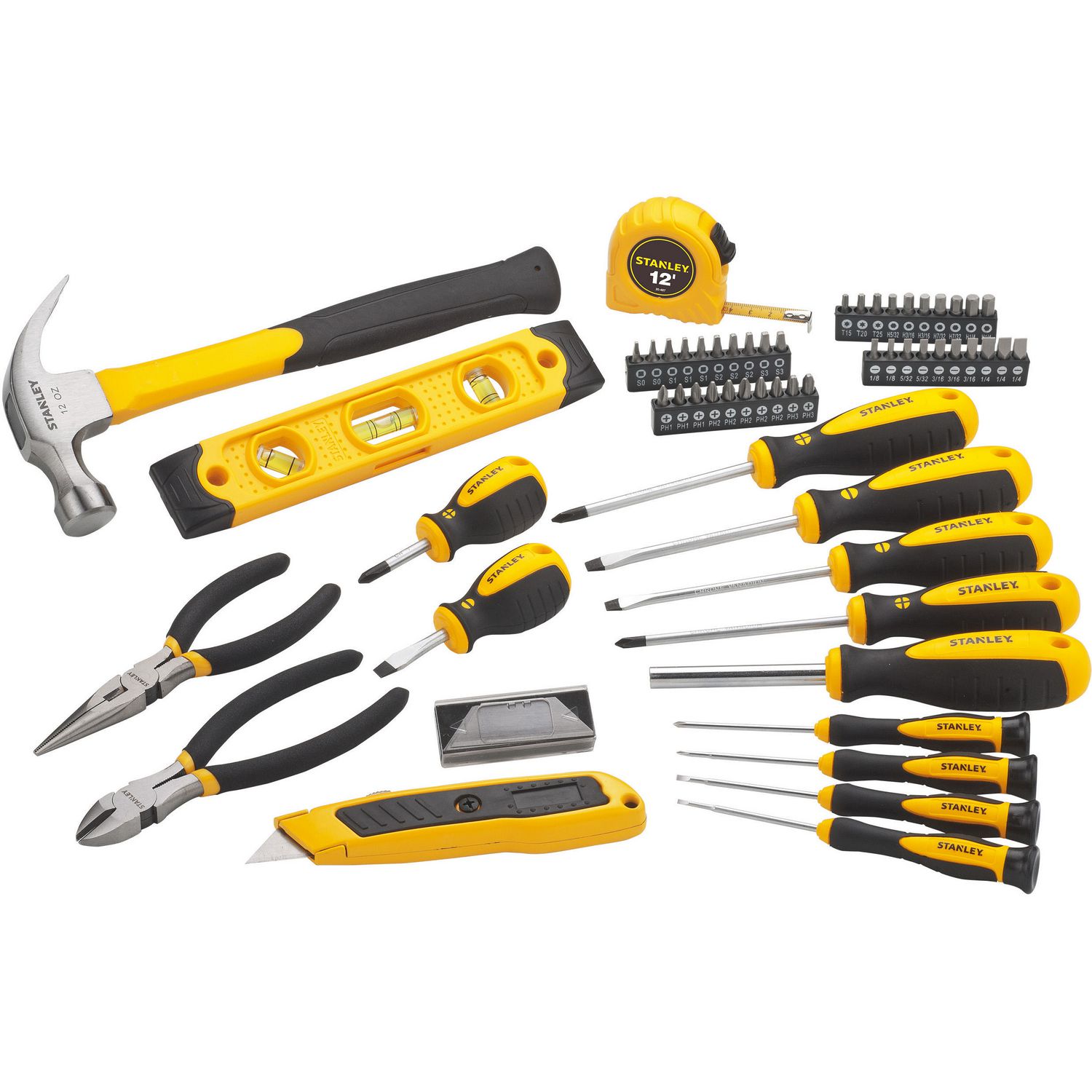
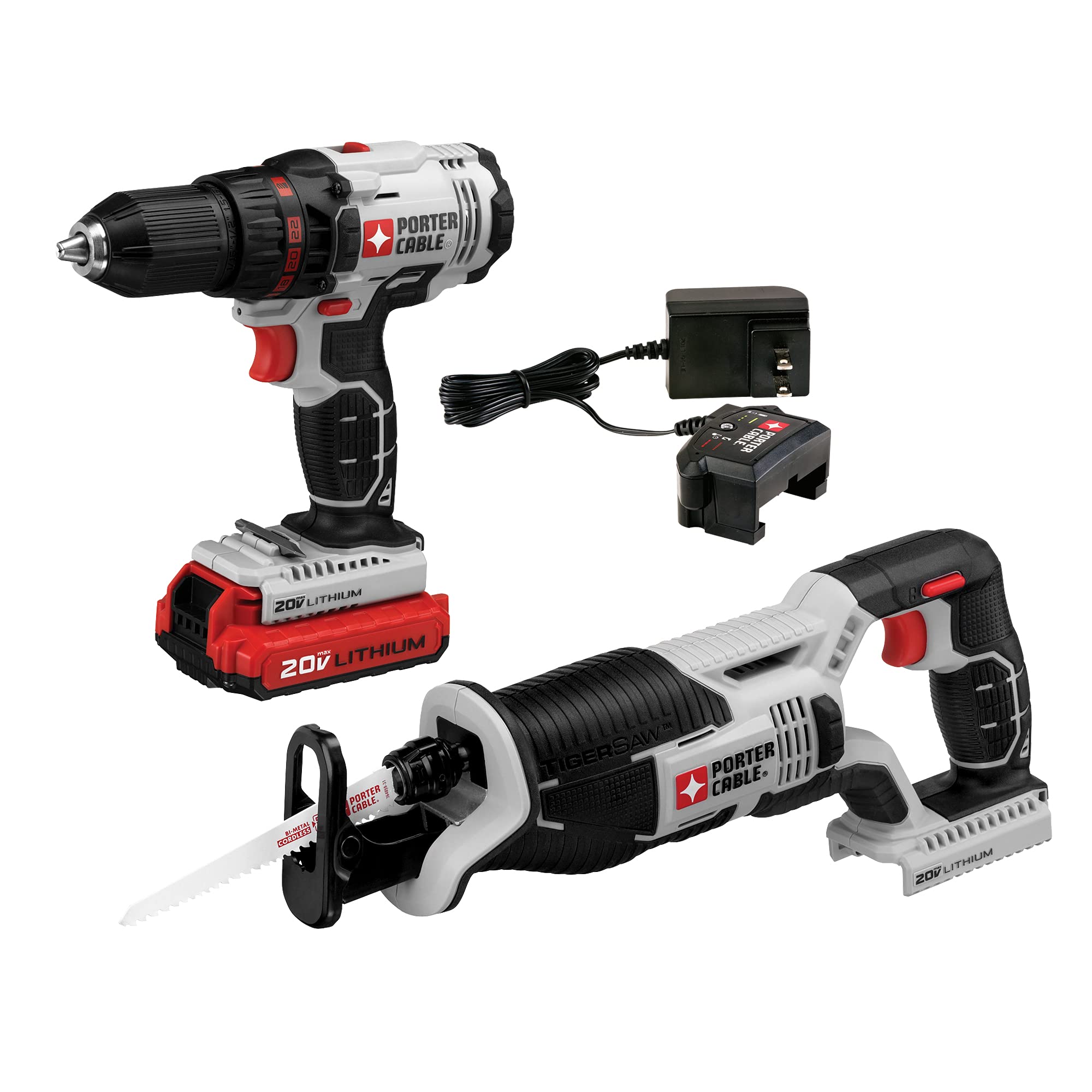
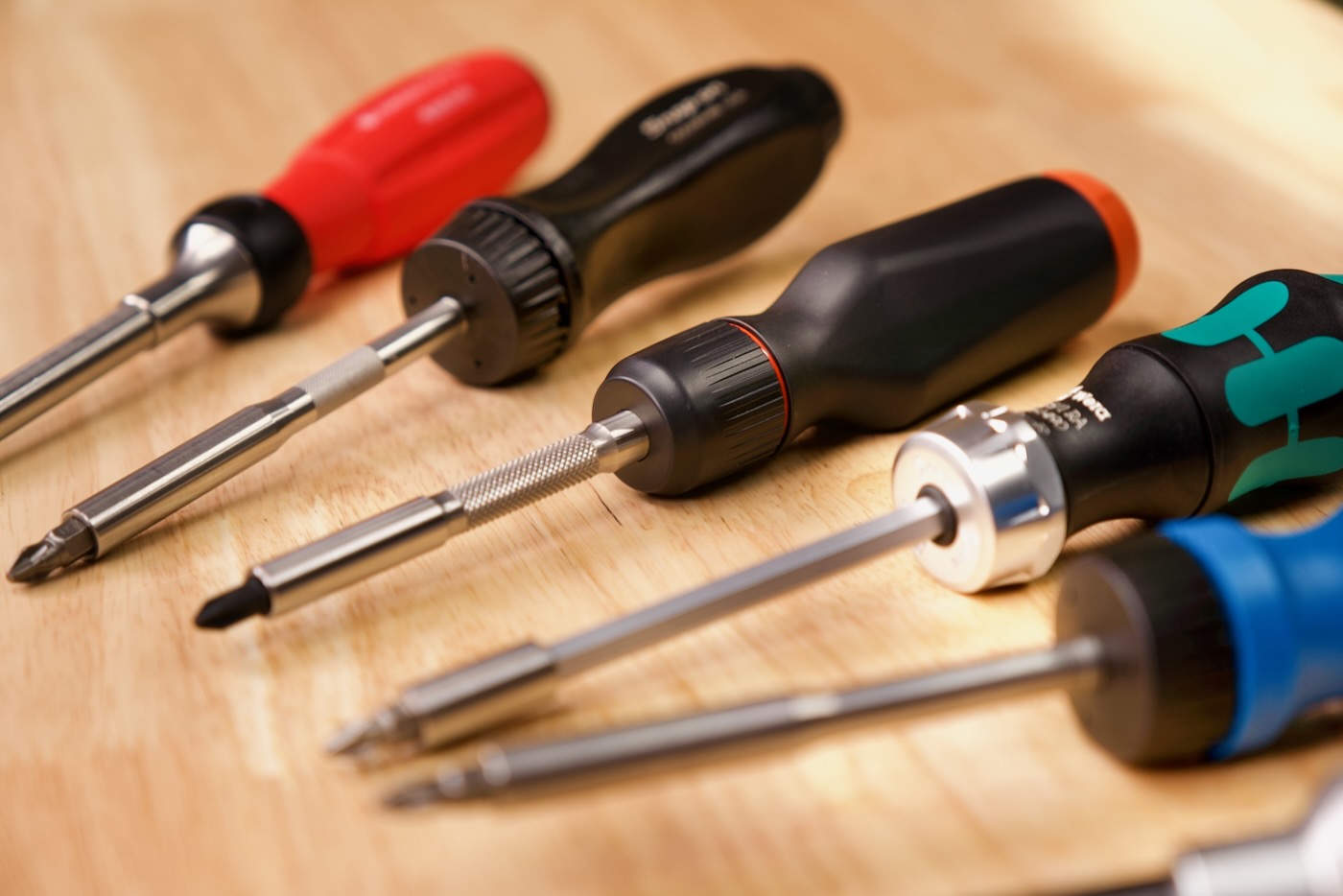
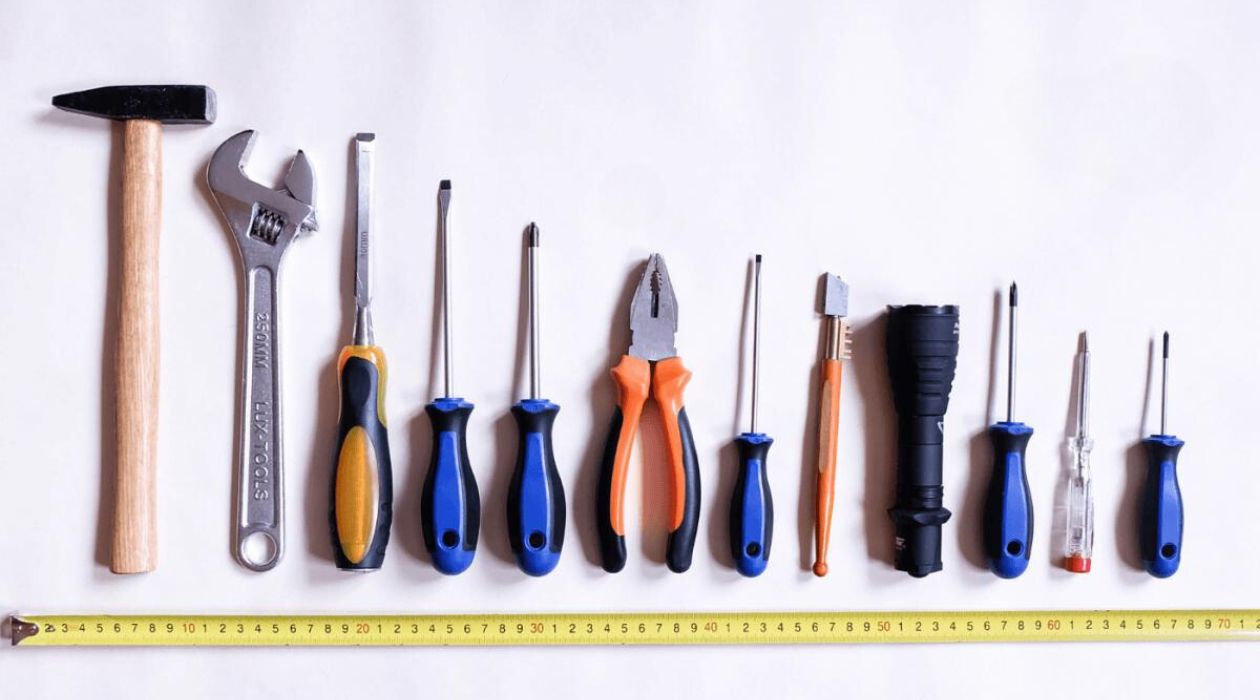
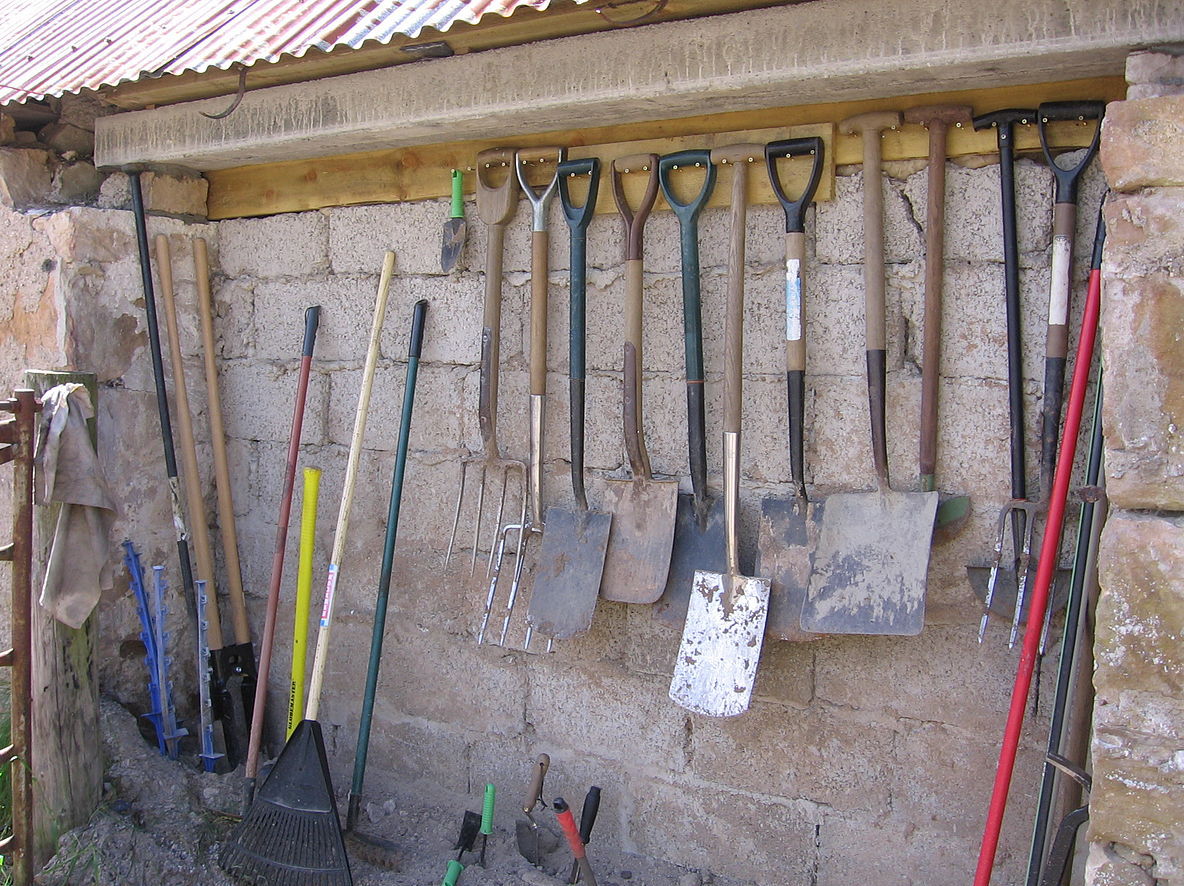
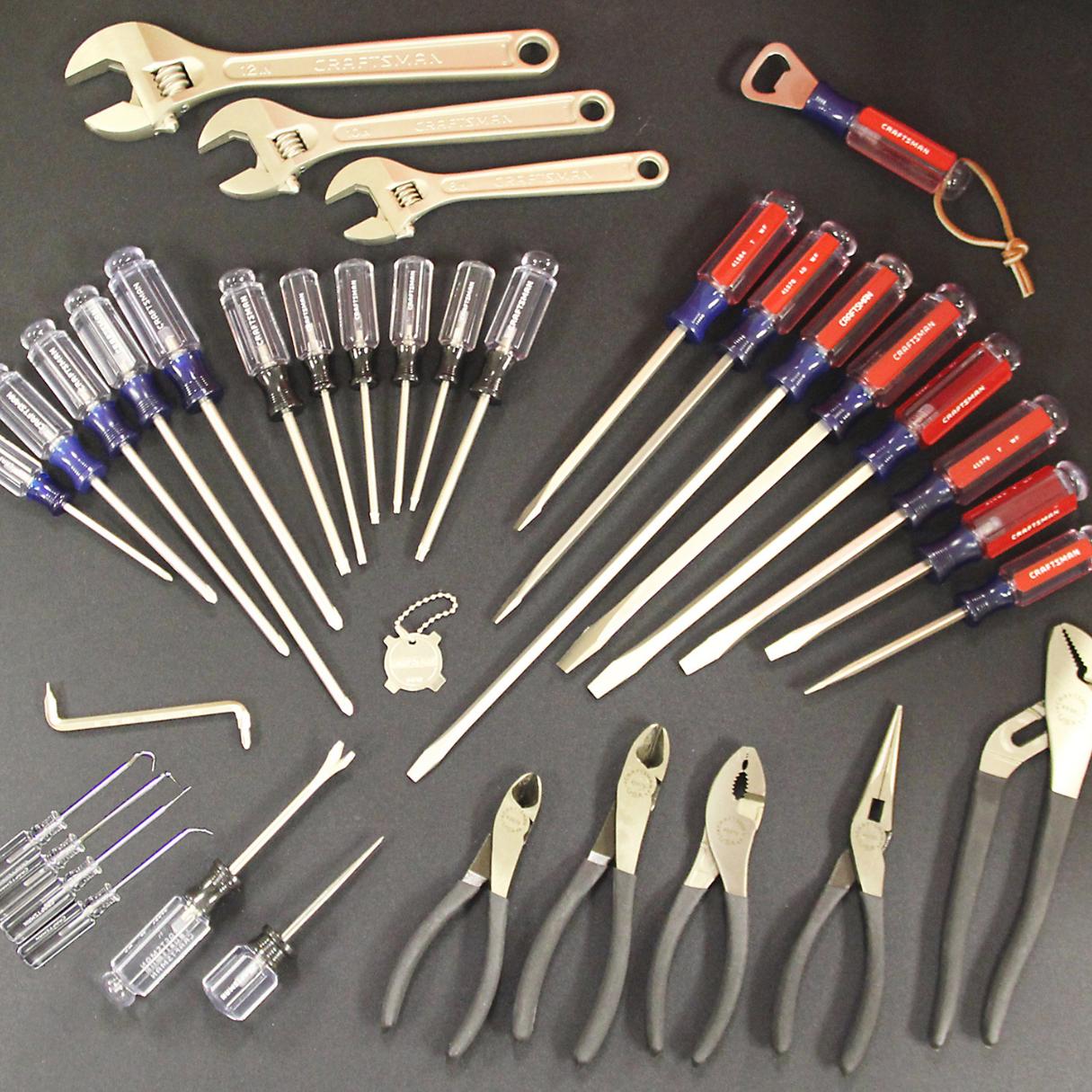
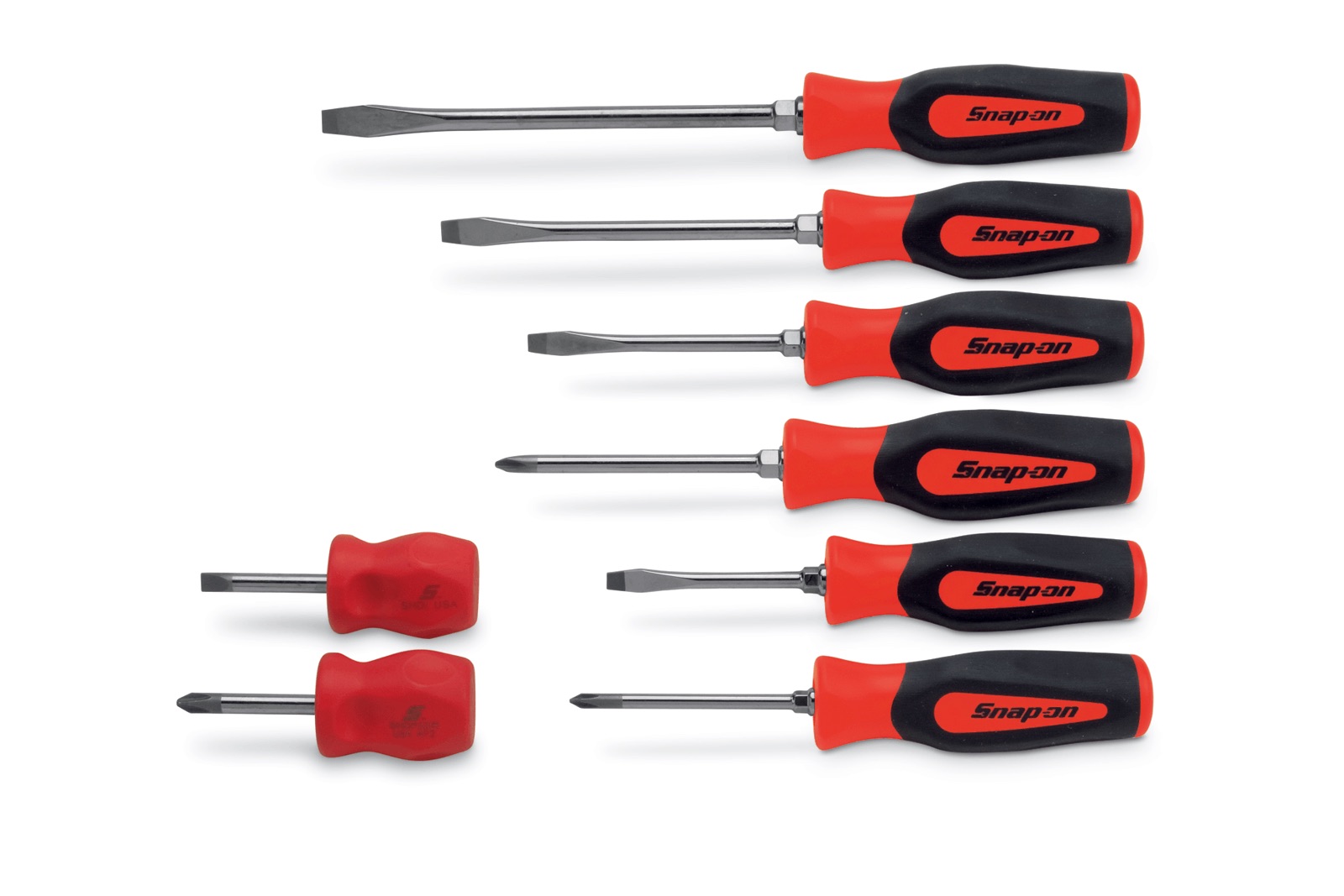
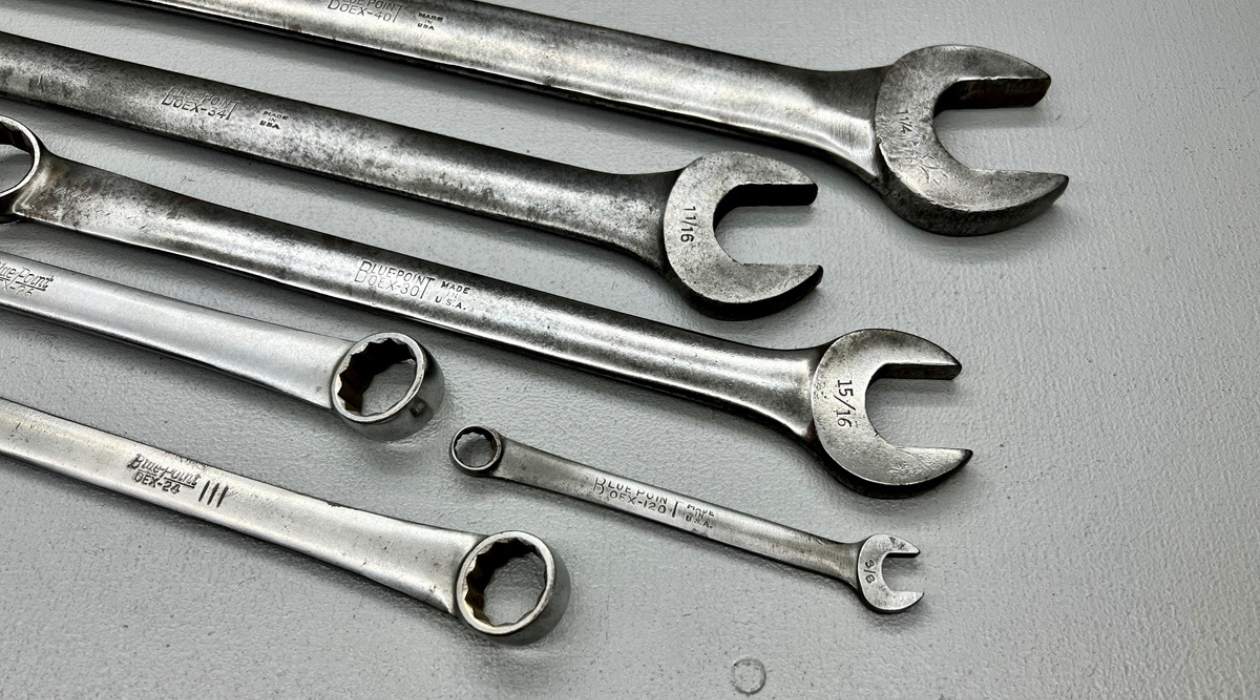
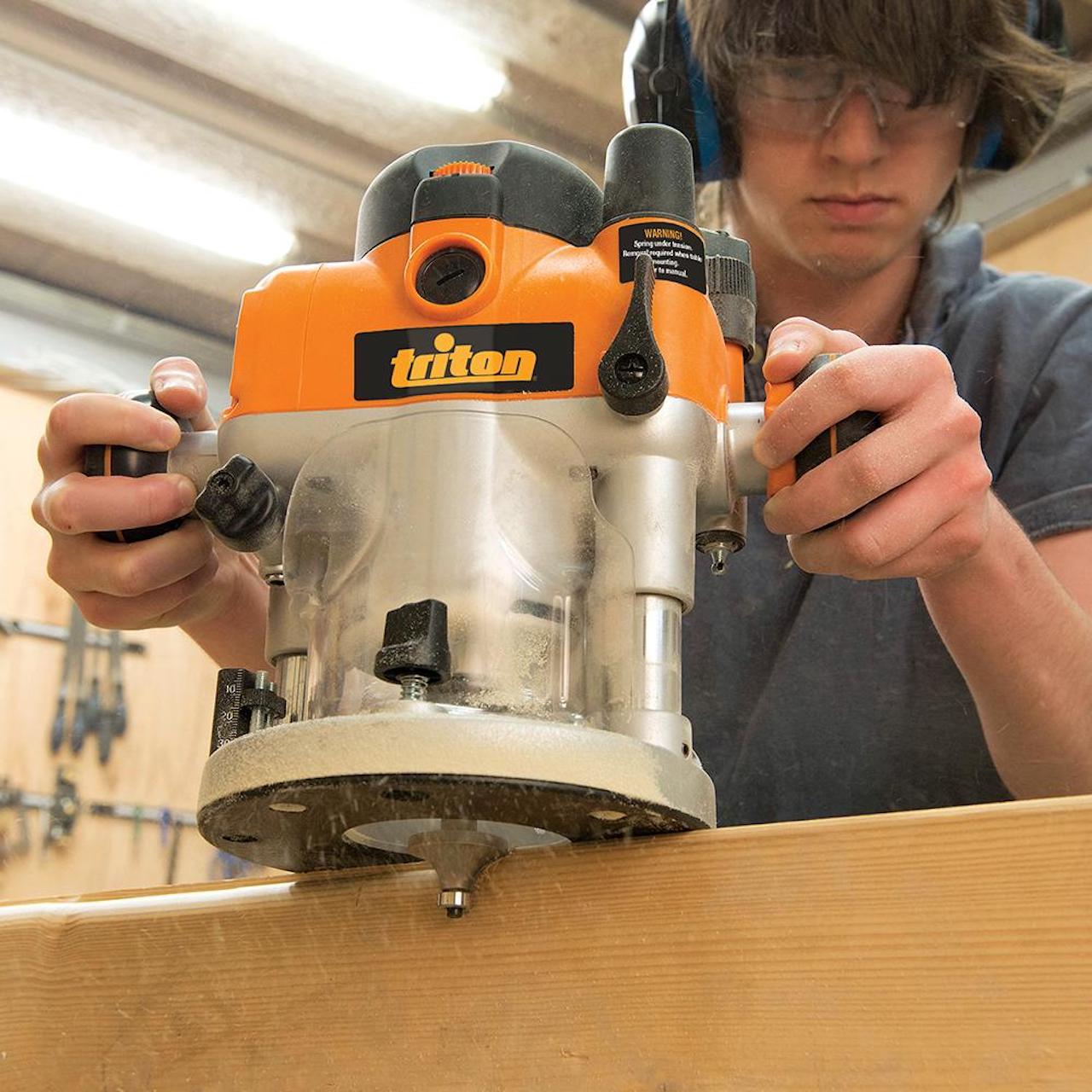
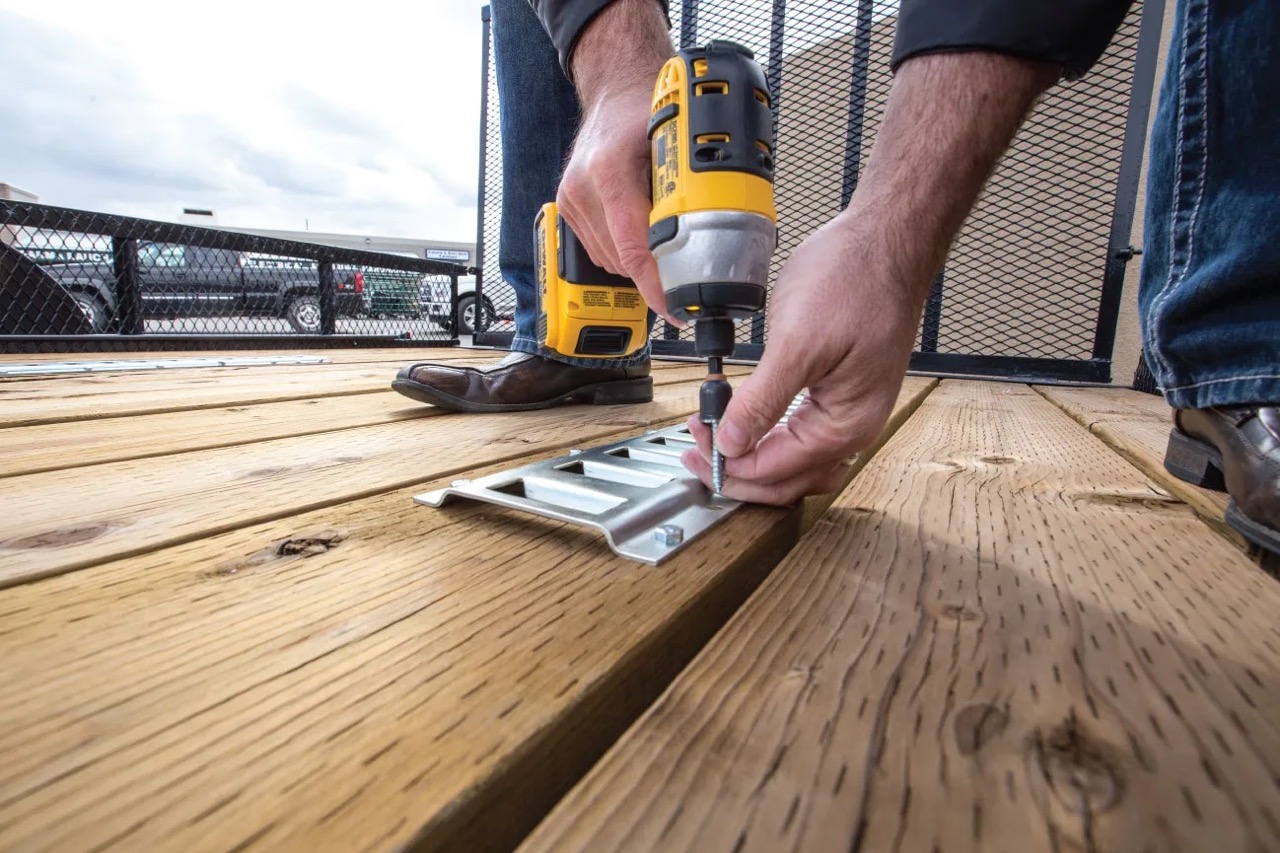
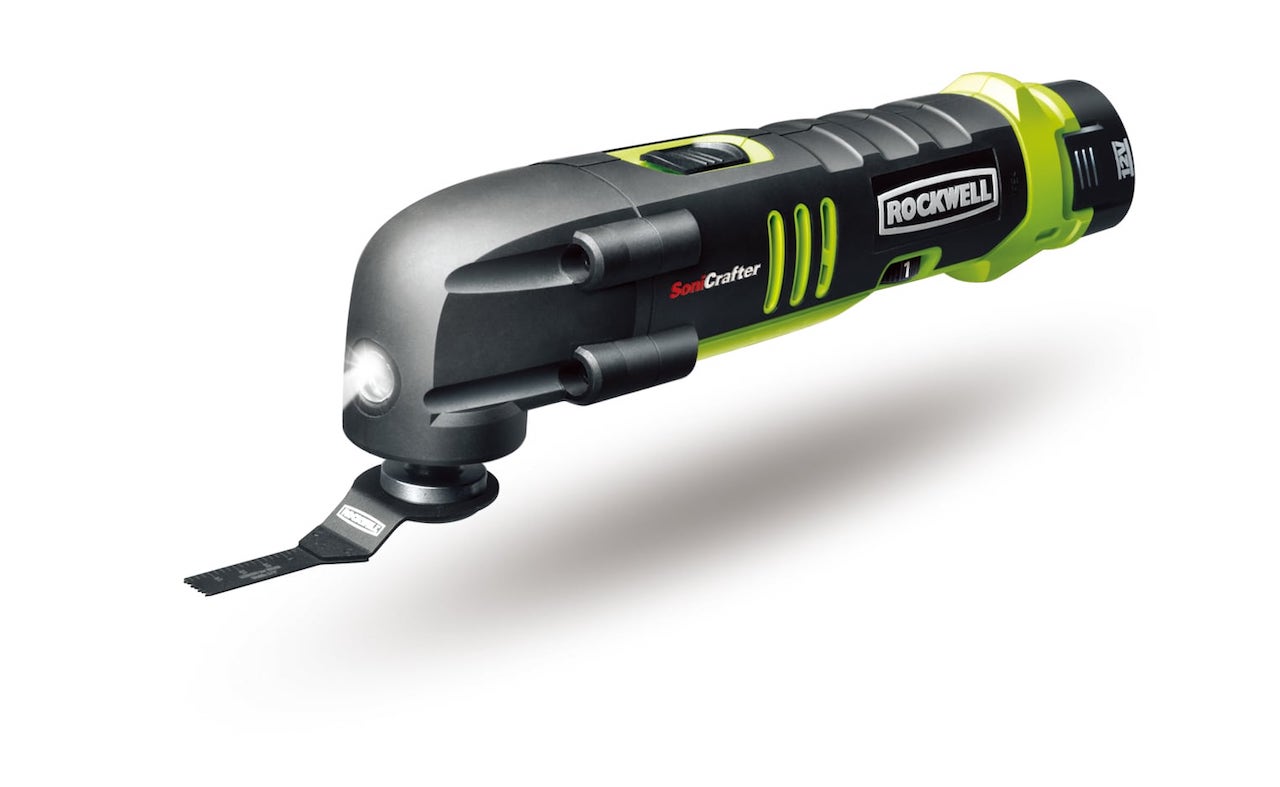
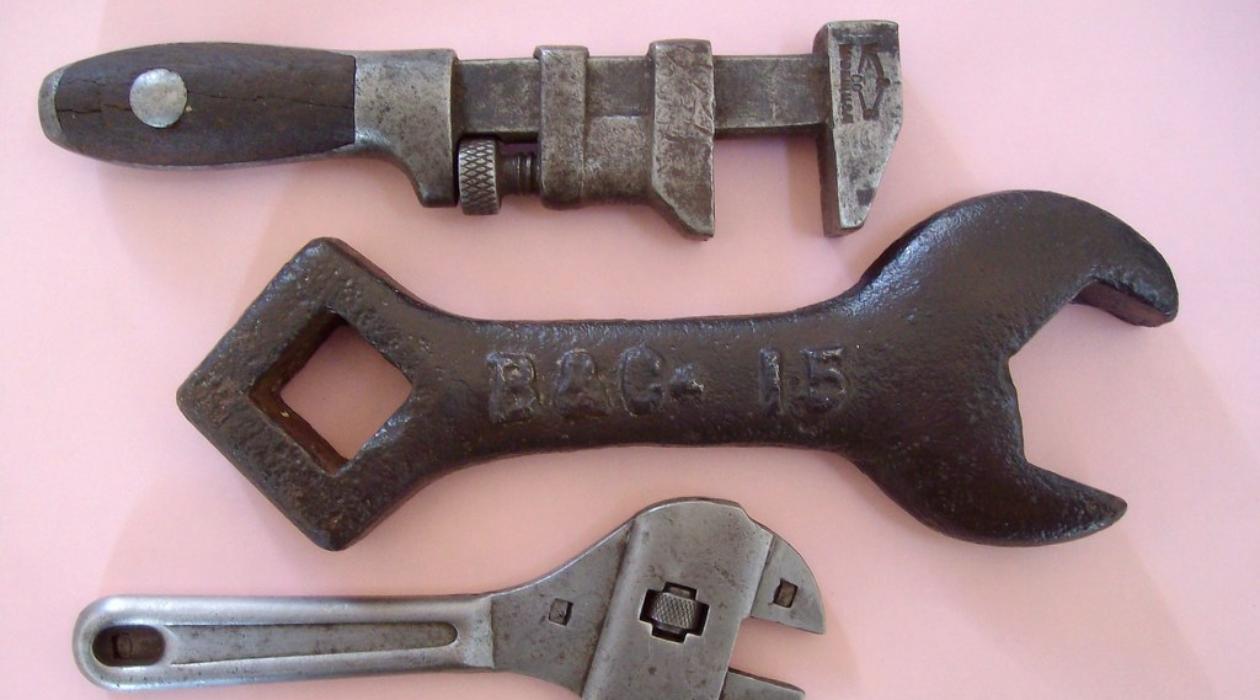
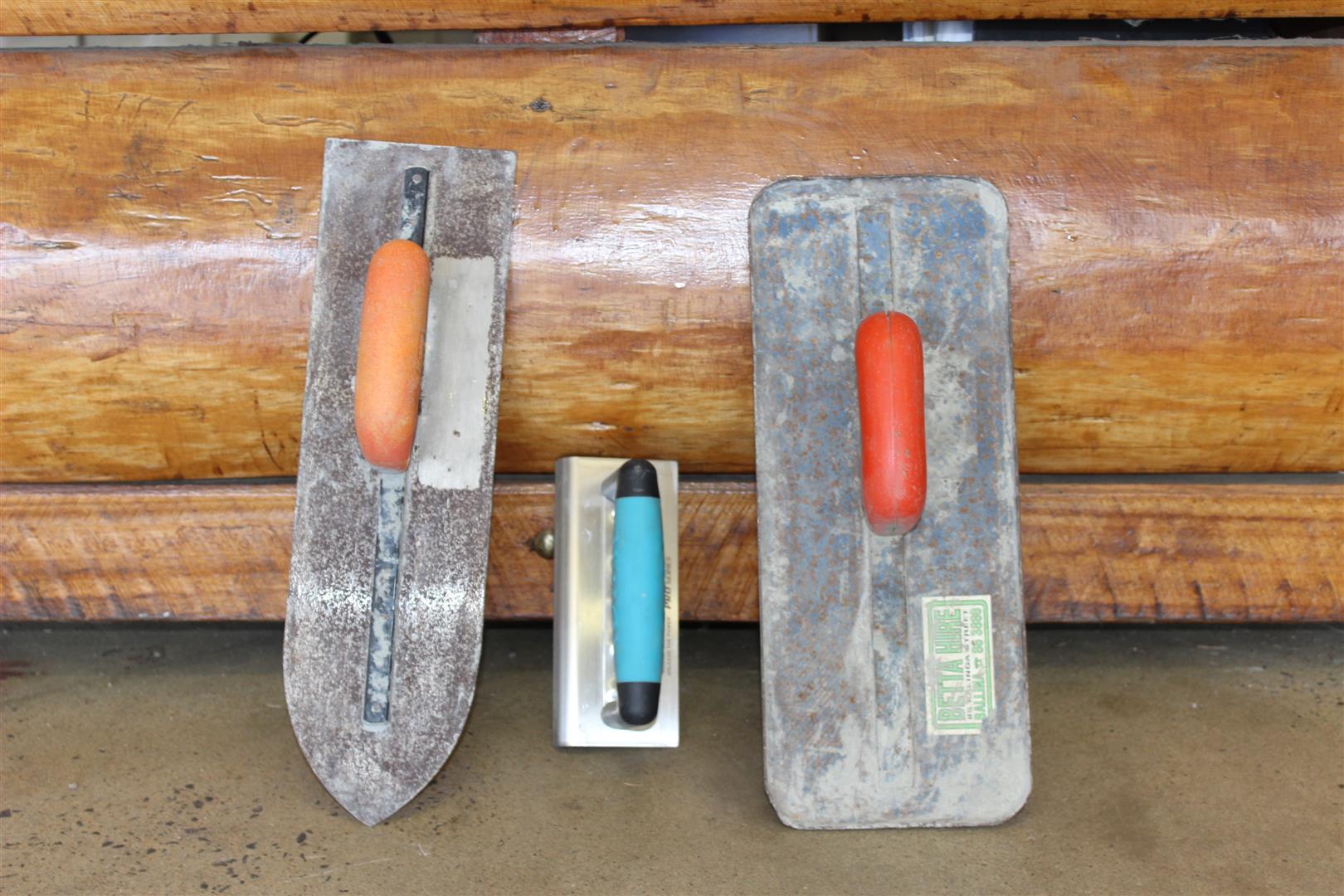

0 thoughts on “Where Are Snap-On Hand Tools Made”